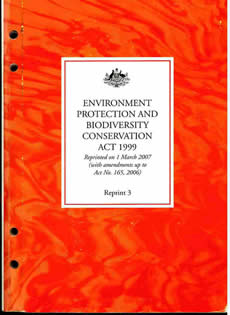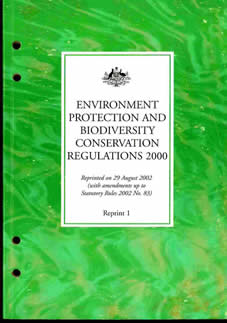
|
|
Statutory interpretation basics for non-lawyers in Australia
THREE BASIC STEPS
The following three steps will resolve 95% of problems involving the interpretation of Acts of Parliament (normally called statutes or legislation), regulations (subordinate legislation), planning schemes and conditions of planning approvals in Australia. For simplicity here legislation, regulations, planning schemes and planning approvals are referred to as “statutes”.
1. Find the statute in force at the time relevant to your problem and any related document.
Normally, this will be the current version of a statute but if your problem involves something that occurred in the past the statute in force at that time may apply.
Legislation starts as a Bill before Parliament. It may be amended many times before being repealed. Ensuring you have the version in force at the time relevant to your problem is a vital first step. If a statute was recently enacted, pay particular attention for transitional arrangements that link to any previous statute.
All relevant documents need to be obtained. For example, in problems involving a planning issue, the relevant planning legislation, regulations and planning scheme will normally be required.
The statute should be obtained from the official website of the government that created it (e.g. Comlaw for Commonwealth Government legislation and the OQPC website for Queensland legislation). You can check the history of the statute there too.
The Austlii website covers all Australian legislation and regulations but the official government websites such as Comlaw are preferable. Planning schemes are now commonly available on local government websites.
2. If you are unfamiliar with a statute, skim-read the whole statute and identify the parts relevant to your problem.
Modern statutes are often long and complex in their structure and it is important not to get bogged down in long parts that are not relevant to your problem.
You might find it useful in this step to read the table of contents and note the chapter headings in a list on a single page so that you can see a simplified structure of the whole statute.
3. Interpret the parts of the statute relevant to your problem according to their plain meaning, having regard to the objects of the statute and the context.
Pay particular attention to terms defined in the statute (normally found in a schedule called "dictionary" or "definitions"). Some common terms are also defined in the Acts Interpretation Act (AIA) for each jurisdiction. For example, the AIA in each jurisdiction defines "person" to include corporations and governments.
You may need to follow definitions and cross-references through many other provisions in the statute and related documents.
If a term is not defined in the statute or AIA, the "plain meaning" is the definition of words found in a normal dictionary (e.g. the Macquarie Dictionary) and applying normal rules of grammar.
For an example of the third and most important step in an environmental context, see Minister for the Environment and Heritage v Queensland Conservation Council Inc (2004) 139 FCR 24; (2004) 134 LGERA 272; [2004] FCAFC 190 at paragraphs [52]-[57].
OPTIONAL ADDITIONAL STEP
While not necessary for most problems, as an optional additional step for non-lawyers, you can:
4. Search for court decisions interpreting and applying the statute in question, particularly the parts relevant to your problem.
Court decisions, particularly decisions on appeal from earlier ones, can provide definitive interpretations of particular parts of a statute. Decisions applying the statute can also give guidance and show you how it should be applied in other cases.
This additional step can be difficult and is not essential for non-lawyers. It would be negligent for a lawyer not to do this but in the vast majority of cases you will either find no relevant decisions or decisions that merely affirm the plain meaning arrived at in the three steps set out above.
Two good databases for searching for relevant court decisions are:
- CaseBase Case Citator (a LexisNexis database)
This is a particularly good database covering all Australian court decisions that tracks the application of decisions by other courts. It allows searches for decisions applying particular sections of statutes. However, an expensive subscription is required and it is not generally available for non-lawyers. University students can normally access it through their university library website.
This is a freely available database covering all Australian court decisions with good search functions. Its main disadvantage in comparison with Casebase is that it does not track the application of decisions by other courts.
RECOGNISE YOUR LIMITS
You can have confidence that the three main rules give above will resolve 95% of problems involving statutory interpretation, but you should recognise that a small percentage of problems will be more difficult. For such difficult problems, lawyers will often disagree or be unable to give a definitive answer. A definitive answer might not be found before an appeal court rules on the issue. See, for example, the complexity of applying transitional arrangements in planning legislation in Sevmere Pty Ltd v Cairns Regional Council & Anor [2009] QCA 232.
Allow for more difficult cases and, if something is unclear, recognise it in your use of the statute. If the problem is important to resolve conclusively, you should seek professional legal advice.
A PDF version of this page is available here for use as a handout for students.

